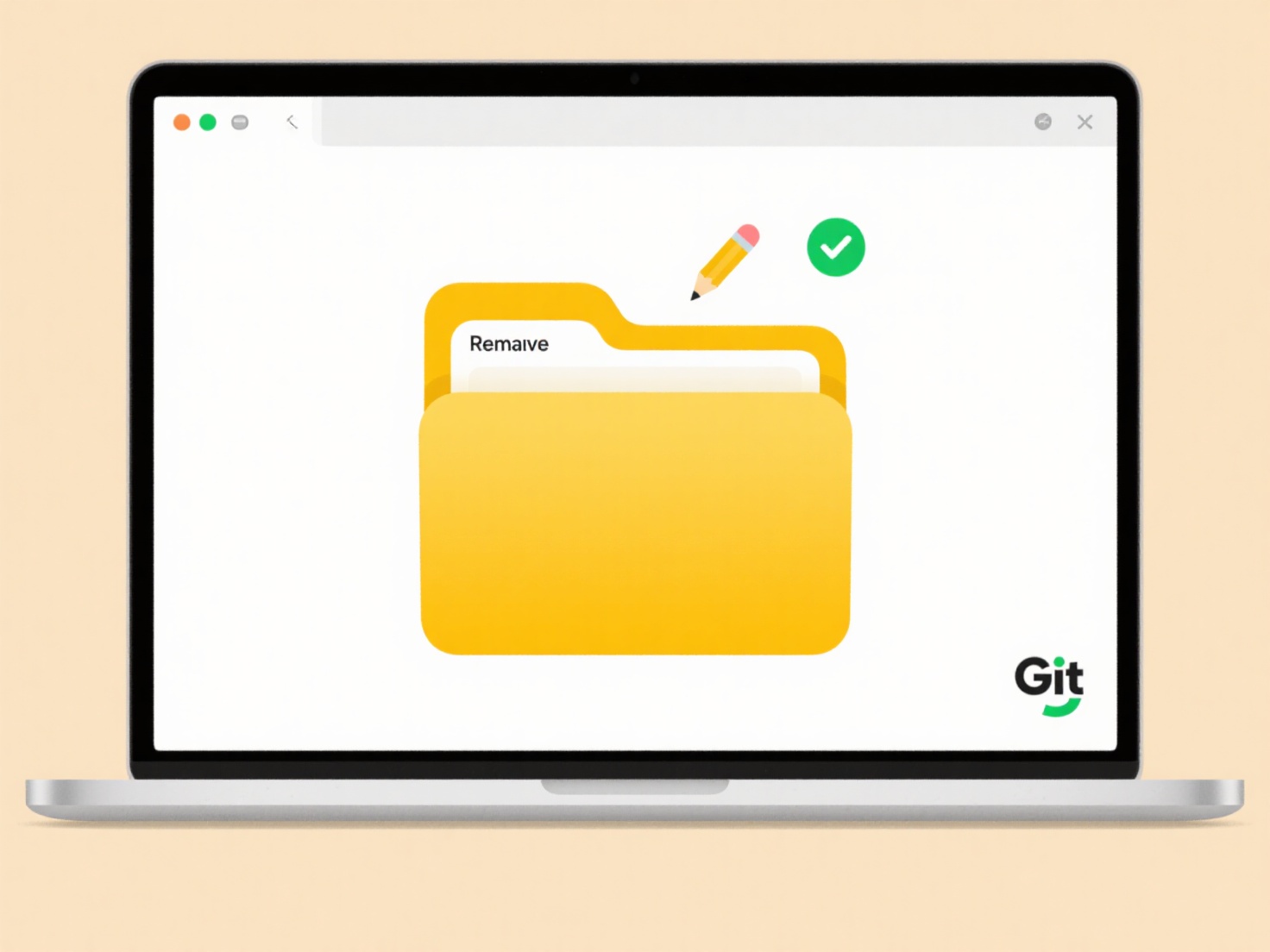
A file viewer is a lightweight application designed solely for opening and displaying the content of specific file formats (like PDFs, images, videos, or CAD drawings), typically without any editing or modification capabilities. In contrast, a full application suite offers comprehensive tools for creating, editing, manipulating, and saving files within that format. Viewers function by interpreting the file's data structure for rendering, lacking the complex code required for altering that data, making them simpler and more limited than full-fledged production software.
File viewers are commonly used where inspection or consumption, not creation, is the goal. For example, employees in legal or procurement departments might use a PDF viewer like Adobe Reader to open contracts received from vendors without needing expensive editing licenses like Adobe Acrobat Pro. Similarly, manufacturing firms often distribute CAD file viewers (e.g., Autodesk Viewer) to suppliers or clients so they can examine 3D models without accessing the costly, complex CAD software itself.

Viewers offer advantages in reduced cost, smaller storage/memory footprint, faster loading times, and enhanced security (reduced attack surface). Their primary limitation is the lack of editing functionality; they cannot alter the source file. While ideal for review and access, viewers cannot replace full applications for tasks requiring content creation or modification. Adoption continues to grow, particularly with web-based viewers integrated into cloud platforms, but the need for full applications persists where active work on the file is necessary.
Can I use file viewers instead of full apps?
A file viewer is a lightweight application designed solely for opening and displaying the content of specific file formats (like PDFs, images, videos, or CAD drawings), typically without any editing or modification capabilities. In contrast, a full application suite offers comprehensive tools for creating, editing, manipulating, and saving files within that format. Viewers function by interpreting the file's data structure for rendering, lacking the complex code required for altering that data, making them simpler and more limited than full-fledged production software.
File viewers are commonly used where inspection or consumption, not creation, is the goal. For example, employees in legal or procurement departments might use a PDF viewer like Adobe Reader to open contracts received from vendors without needing expensive editing licenses like Adobe Acrobat Pro. Similarly, manufacturing firms often distribute CAD file viewers (e.g., Autodesk Viewer) to suppliers or clients so they can examine 3D models without accessing the costly, complex CAD software itself.

Viewers offer advantages in reduced cost, smaller storage/memory footprint, faster loading times, and enhanced security (reduced attack surface). Their primary limitation is the lack of editing functionality; they cannot alter the source file. While ideal for review and access, viewers cannot replace full applications for tasks requiring content creation or modification. Adoption continues to grow, particularly with web-based viewers integrated into cloud platforms, but the need for full applications persists where active work on the file is necessary.
Related Recommendations
Quick Article Links
Can I force one-way sync from cloud to local?
One-way sync from cloud to local means ensuring data flows only from the cloud storage location to your local device, pr...
Should I use underscores, dashes, or spaces in file names?
File names rely on specific characters for compatibility and readability. Underscores `_` and hyphens `-` are widely sup...
How do I handle non-English characters in batch rename?
Handling non-English characters in batch renaming requires awareness of character encoding. Batch renaming modifies mult...